The functional apparels market in the US exhibits a dynamic competitive landscape, characterized by rapid innovation and a focus on sustainability. Key players such as Nike (US), Under Armour (US), and Lululemon Athletica (CA) are at the forefront, each adopting distinct strategies to enhance their market positioning. Nike (US) continues to leverage its strong brand equity through innovative product lines and digital engagement, while Under Armour (US) emphasizes performance-driven apparel, targeting athletes and fitness enthusiasts. Lululemon Athletica (CA) has carved a niche in the premium segment, focusing on community engagement and wellness, which collectively shapes a competitive environment that is increasingly focused on consumer experience and brand loyalty.
In terms of business tactics, companies are increasingly localizing manufacturing to enhance supply chain efficiency and reduce lead times. The market structure appears moderately fragmented, with several players vying for market share, yet dominated by a few key brands that exert considerable influence. This competitive structure fosters an environment where innovation and responsiveness to consumer trends are paramount, compelling companies to adapt swiftly to maintain relevance.
In October 2025, Nike (US) announced a partnership with a leading tech firm to integrate AI-driven analytics into its product development process. This strategic move aims to enhance consumer insights and streamline design processes, potentially leading to more personalized offerings. The integration of AI is likely to bolster Nike's competitive edge by enabling quicker responses to market demands and improving product performance.
In September 2025, Under Armour (US) launched a new line of eco-friendly activewear, utilizing recycled materials in its production. This initiative not only aligns with growing consumer preferences for sustainable products but also positions Under Armour as a responsible brand in the functional apparels market. The emphasis on sustainability may attract environmentally conscious consumers, thereby expanding its market reach.
In August 2025, Lululemon Athletica (CA) expanded its retail footprint by opening new stores in urban areas, focusing on experiential retail. This strategy aims to enhance customer engagement and foster community connections, which are vital in the premium segment. By creating immersive shopping experiences, Lululemon is likely to strengthen brand loyalty and drive sales growth.
As of November 2025, the competitive trends in the functional apparels market are increasingly defined by digitalization, sustainability, and technological integration. Strategic alliances are becoming more prevalent, as companies seek to enhance their capabilities and market reach. The shift from price-based competition to a focus on innovation, technology, and supply chain reliability is evident, suggesting that future differentiation will hinge on the ability to deliver unique, high-quality products that resonate with consumers' evolving values.


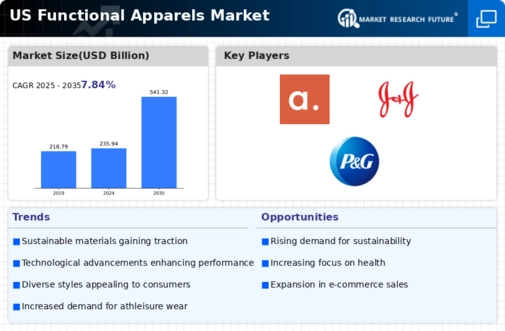
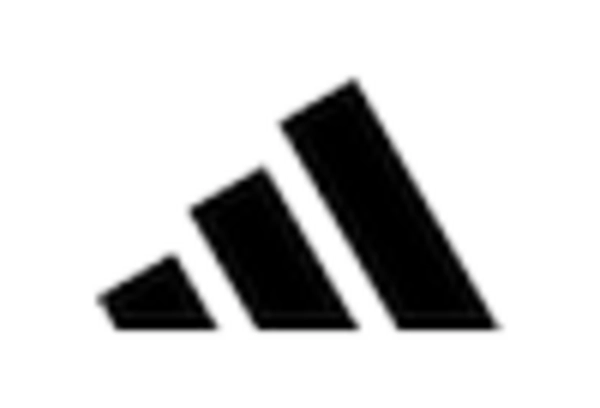

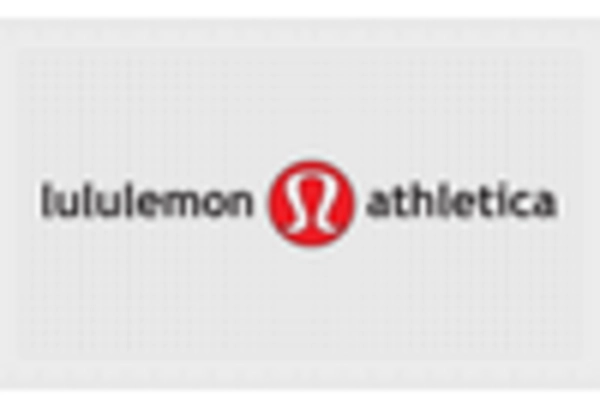
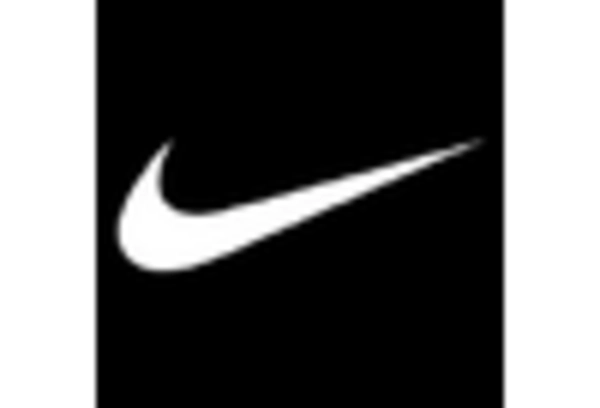
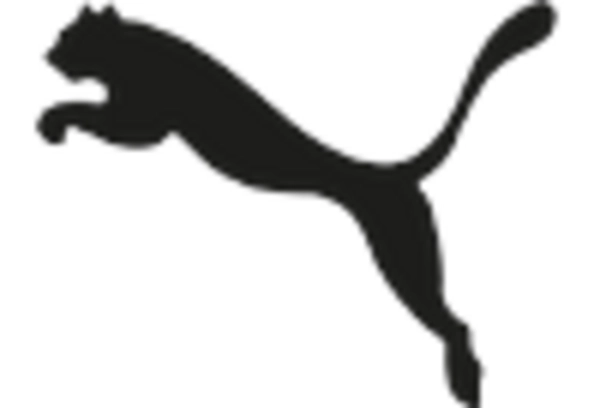
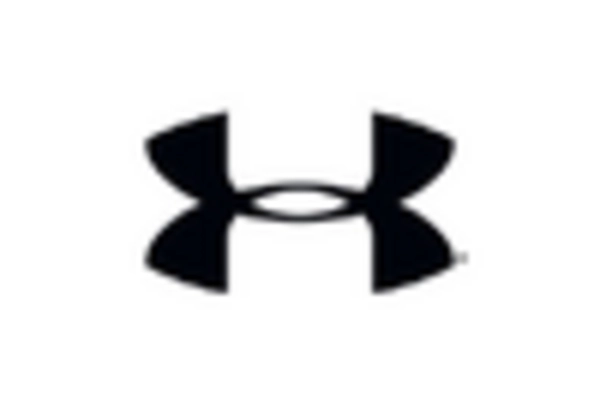








Leave a Comment